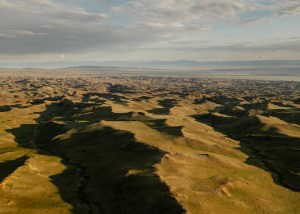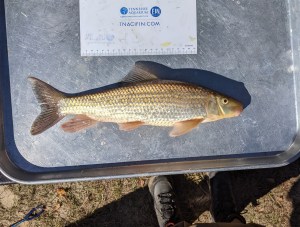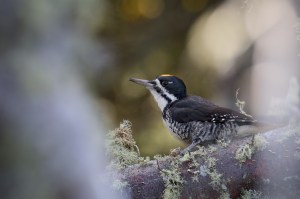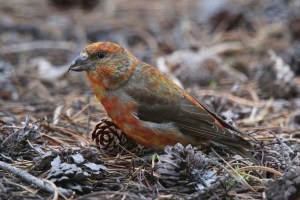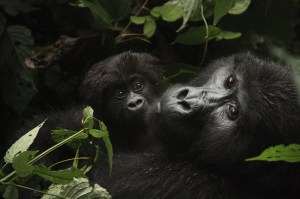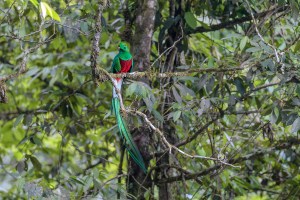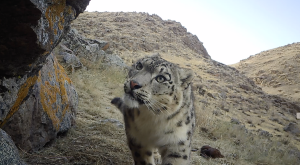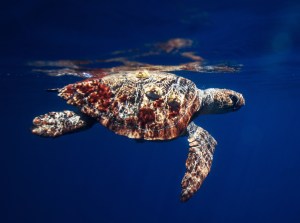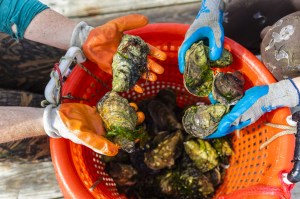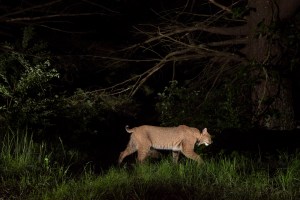Discover stories in Geography
Turning the Lens on Mongolia
Mongolia shaped his photography career. Now, 25 years later, he returns to capture the country’s commitment to a sustainable future.
Meet the Apalachicola Redhorse, a Newly Recognized Fish Species
For more than 50 years, the Apalachicola redhorse was a fish with no name. Learn more about this newly recognized species of sucker.
Searching for Black-backed Woodpeckers After the Burn
Learn the fascinating life history of the unusual, elusive black-backed woodpecker.
The Swift Fox Makes a Surprise Comeback
New research shows North America’s smallest canine might be more adaptable than anyone previously thought.
A Search for the Cassia Crossbill, Idaho’s Endemic Bird
Meet the crossbill shaped by lodgepole pine “islands” and an absence of squirrels.
Rwanda’s Mountain Gorillas: Culture and Community-Centered Conservation
National Geographic Society & TNC extern Cyusa Rio Dasilva shares his experience studying mountain gorillas in Rwanda.
Breakfast with the Resplendent Quetzal
Haunting the cloud forest on a quest to find the magnificent, and increasingly rare, national bird of Guatemala
Camera Trap Chronicles: Up Close With Snow Leopards
Enjoy this footage of snow leopards from Mongolia, including the animals scent marking and vocalizing.
Crossing Nets: A Loggerhead Turtle’s Journey Through Bycatch in Catalonia
National Geographic Society & TNC extern Ona Santisteban Uribarri shares her experience studying loggerheads and bycatch in the Mediterranean.
Aquaculture Can Benefit Blue Carbon Ecosystems
A new review, led by TNC scientists, explores the potential for bivalve aquaculture to benefit blue carbon ecosystems.
New Jersey Cats Caught on Camera
Photographer Steve Winter uses camera traps to capture stunning images of bobcats and other wildlife in New Jersey.
Remote-Controlled Badger Helps Study Prairie Dog Alarm Calls
Researchers in Montana use a taxidermied badger and remote-control car to show how long-billed curlews listen in on prairie dog alarm calls.
